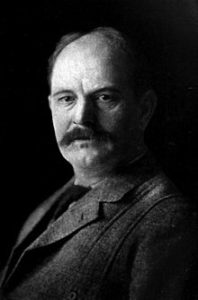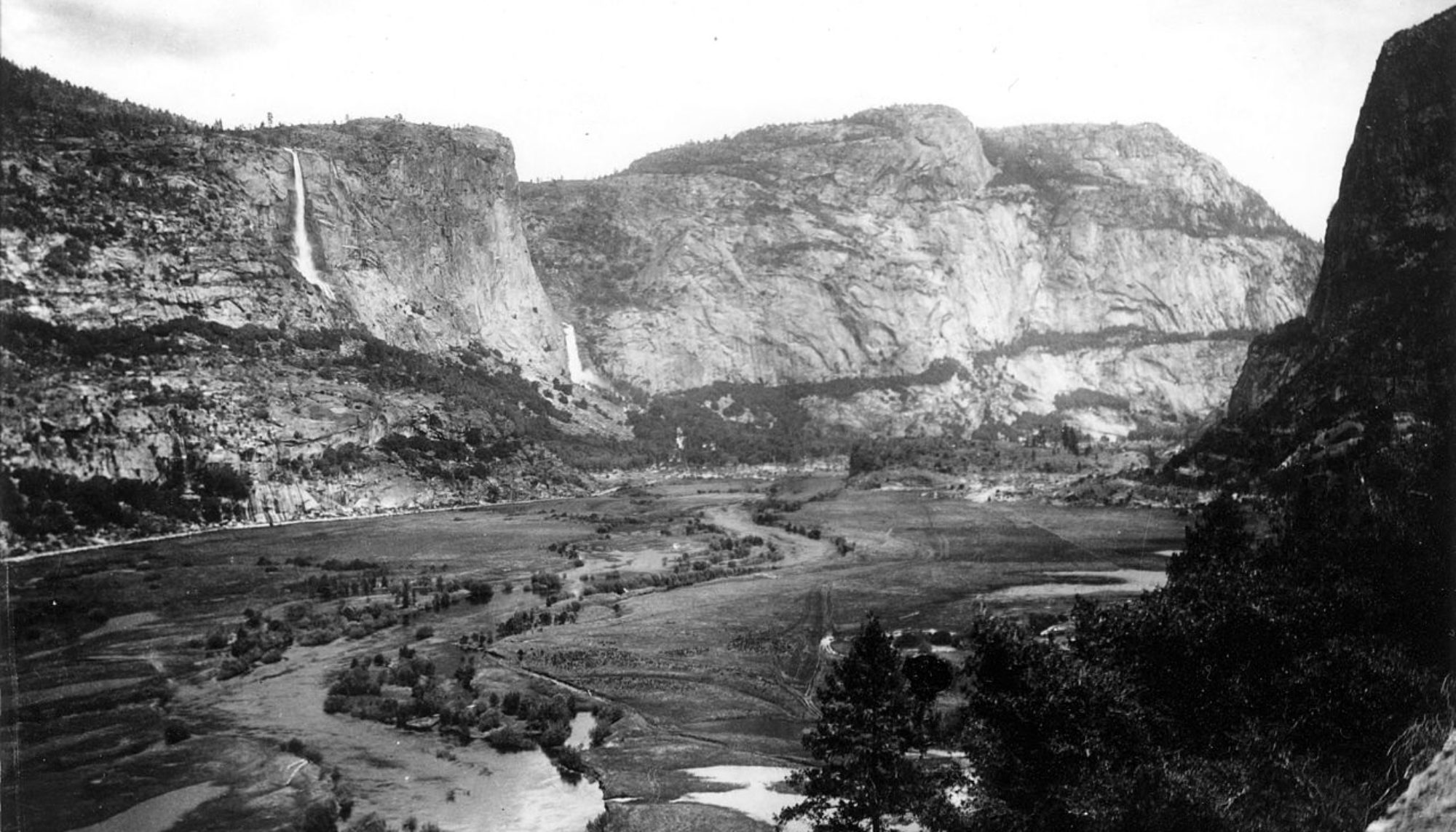 Born in June 12, 1864, Teaneck, NJ, died in November 15, 1945, New York City, NY, Frank Chapman worked in the Ornithology department at the Museum of Natural History in 1888 to 1942. He created stunningly accurate dioramas of birds in their natural habitats that still exist in the museum today. He loved Birds and saw the very serious issues surrounding different species in his lifetime. Over Hunting from amateur hunters and industrial development displaced and destroyed many species of birds. To counteract this Chapman created the first bird watching field guides. These guides were books that were used to identify birds.
Born in June 12, 1864, Teaneck, NJ, died in November 15, 1945, New York City, NY, Frank Chapman worked in the Ornithology department at the Museum of Natural History in 1888 to 1942. He created stunningly accurate dioramas of birds in their natural habitats that still exist in the museum today. He loved Birds and saw the very serious issues surrounding different species in his lifetime. Over Hunting from amateur hunters and industrial development displaced and destroyed many species of birds. To counteract this Chapman created the first bird watching field guides. These guides were books that were used to identify birds.
Christmas Bird hunting had been a long standing tradition of going outside Christmas morning and shooting at pigeons and pheasants. It was adopted in America from Europe.
To counteract Christmas bird hunting he created Christmas Bird counts which are still done today. In his lifetime the most known bird to go extinct was the North American Passenger Pigeon which was gruesomely over hunted and at one point was one of the highest bird populations in the world. His dioramas were essential in educating people on the dangers presented to many habitats as well as showing the importance of preservation.
In 1902 Chapman finished his first exhibit of dioramas with including his famous Pelican Island diorama. At the time Plume hunting had become a major industry where hunters would follow birds to their nests and kill many at a time. Chapman’s Dioramas beautifully showed these birds in their natural habitats and educated people on the dangers these birds faced. After his exhibit opened, Theodore Roosevelt,who had become a good friend, visited and was moved by Chapman’s work. In 1903, he declared Pelican Island in Florida the first federally protected bird preserve. Which would later kick off the Federal Wildlife preserves which are today run by the fish and wildlife service.
